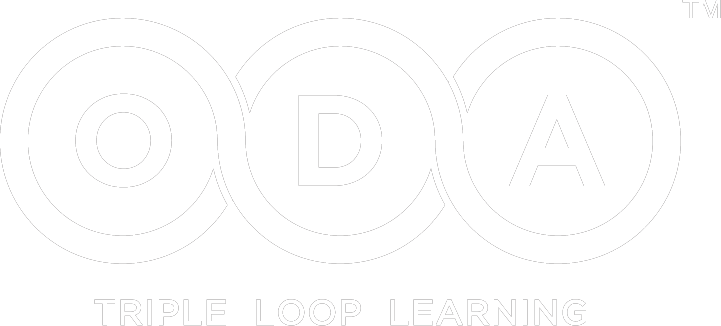- Home
- newsletter#6
- How to build a safe and productive hybrid work culture
newsletter#6
Let me start with a confession. Before Covid, I was a die-hard ‘office resident’ and during Covid it was operating from a studio apartment in a guest house for over 18 months. My perspectives are basis this experience and more importantly the several interactions with colleagues across industries and reading about ‘hybrid’ which seems to be the latest buzzword. This is definitely not from the lens of a HR leader.
Some of key insights that I have gathered for building a safe and hybrid work culture fit into an interesting acronym SPECTATOR. Each of the nine dimensions are listed below:
- Choice: Covid was a forced context for individuals. We have seen that there is invariably a resistance if something is forced on us. For hybrid to work, the primary choice should be with the employee. Like we say with freedom, choice also comes with responsibility. Employee has to be responsible in exercising the choice in a manner that also cognizes organizational requirements.
- Paradigm: That hybrid is possible is a huge paradigm shift. Before Covid, it would have been a strict no-no in many organizations. But experience has definitely shifted the pendulum significantly, and that is the momentum that can be leveraged going forward. We have unlearnt and learnt new things and should build on the same.
- Equity: The biggest dilemma is how to ensure an equitable approach. Hybrid is fine in organizations where significant workforce will be eligible for hybrid. But what about organizations where significant workforce is in the field or factories and hence their roles do not lend themselves easily for hybrid.
- Affiliation: Man is a social animal. It is important to cognize for the same even when one is designing processes for hybrid. It is important to replicate some of the informal affiliation enablers even in an online context, an aspect that needs some creativity.
- Space: One of the negatives of wfh has been the blurring of personal and organizational spaces for an employee. This created tremendous pressure on employees and families. We also experienced intrusion into the physical space of ‘home’ – it was like intruding into the forest space and disturbing the rhythm of animals living there. When such intrusions happen, one need to learn to be sensitive to the same and also learn to accommodate or even encourage ‘tress-passing’ by those who have a legitimate right on that space.
- Technology: This was one element that has got focussed extensively and organizations responded with speed on this front. However, it does necessitate cognizance of issues related to data security and further addiction to gadgets and consequent health risks too.
- Organization: The hybrid model requires re-organization of systems and processes with modified governance mechanisms. It may sound simple, but hybrid comes with its own complexities as we are more used to an ‘either or’ approach which does not help us think how to seamlessly integrate. I am reminded of sports like basketball where players are on and off the court much more frequently than in any other sport and yet the team strives to win.
- Trust: This is at the core of hybrid work place. There have been divergent views on impact on productivity and efficiency. The decididng factor is trust. The moment an individual is trusted, he becomes more responsible leading to better performance. Designing of facilitative systems and processes should be on the assumption of trust and not to manage negative outliers.
- Respect: This is the underlying foundation on which hybrid model can and will work. Respect for all the dimensions mentioned above. More importantly, we all need to respect that there is a purpose of an organization and all decisions need to respect that purpose. What aids the purpose on a sustainable basis through alignment and engagement of employees and other value chain partners, should be the filter to look at dimensions of any hybrid model.
Debates on ‘hybrid’ especially in agriculture is very prevalent and intense. I remember one such discussion wherein a panellist suggested that any hybrid that goes against nature is detrimental in the long term. Likewise. I think discussions on ‘hybrid work’ should also be sensitive to human psychology and physiology and require deeper deliberations for it to deliver sustainable organizational outcomes.
L Prabhakar is Executive Vice President – Social Investments at ITC Limited, a leading Indian conglomerate. An alumnus of KREC Suratkal and XLRI, Jamshedpur with 33 years of experience, he has been associated with ITC in the HR Function for 26 years in different capacities across businesses including Agribusiness, Information Technology and in their Corporate Office before moving to his current role. He has also worked with TVS Motors for 4 years and Murugappa Group (EID Parry and CUMI) for 3 years.
He is currently a member of CII’s National Committee on CSR. He has been actively associated and held positions of responsibility with National HRD Network, CII, EFSI, Hyderabad Management Association and Global Compact Network India.
Please click here to download the latest OD PUBLICATION.


